How to Keep Honeybees
Join the backyard beekeeping revolution and keep pollinators buzzing. The payback’s pretty sweet.
How to Keep Honeybees
Join the backyard beekeeping revolution and keep pollinators buzzing. The payback’s pretty sweet.
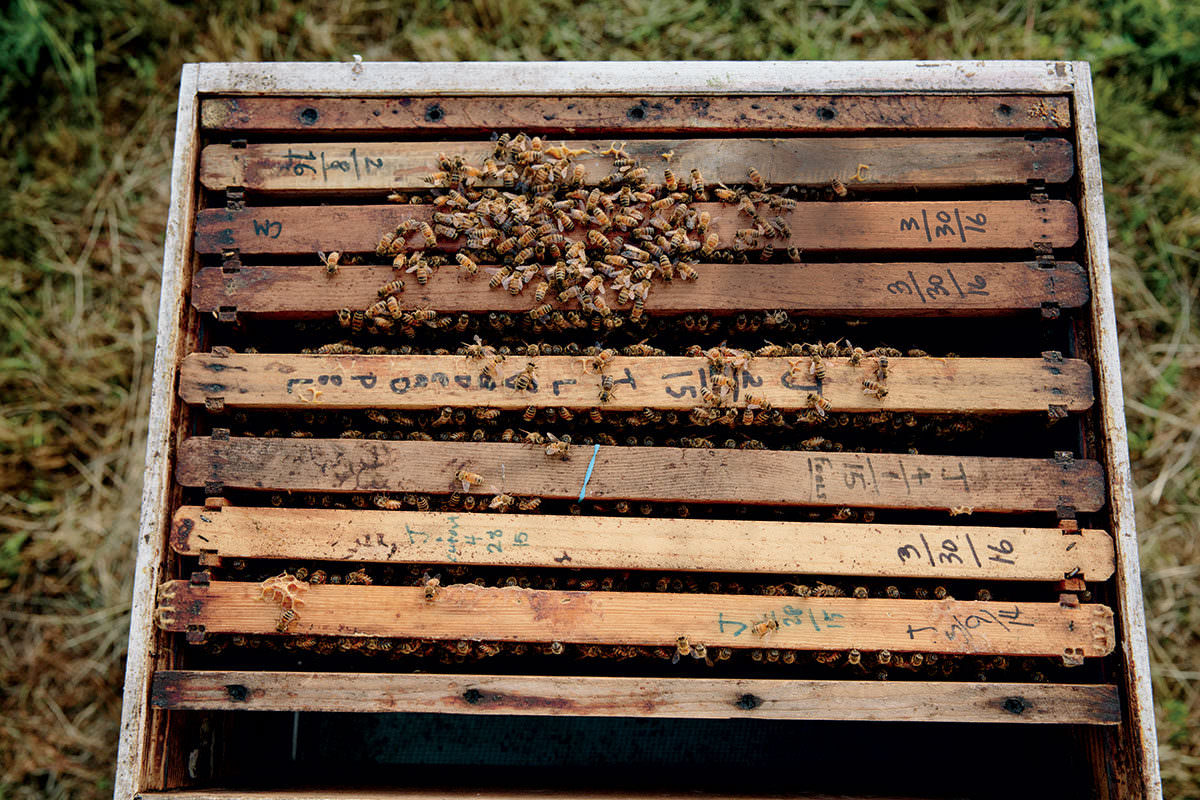
You can hardly say “honeybee” anymore without hearing the reverb “colony collapse disorder.” Back in 2006, American beekeepers began reporting staggering losses, ranging from 30 to 90 percent of their hives. Since then, the alarming phenomenon – in which adult bees disappear, leaving the brood behind to die – has afflicted Europe as well. And honey’s far from the only reason to care. In America alone, the pollinators enable the production of roughly 90 commercial crops, according to the United States Department of Agriculture. Without honeybees, some of the foods we eat, like almonds, could become extinct; the cost of others, such as cherries and avocados, would likely skyrocket. A decade after the disorder first surfaced, scientists have yet to identify a definitive culprit. (For more information, see Why Do Bee Colonies Collapse?)
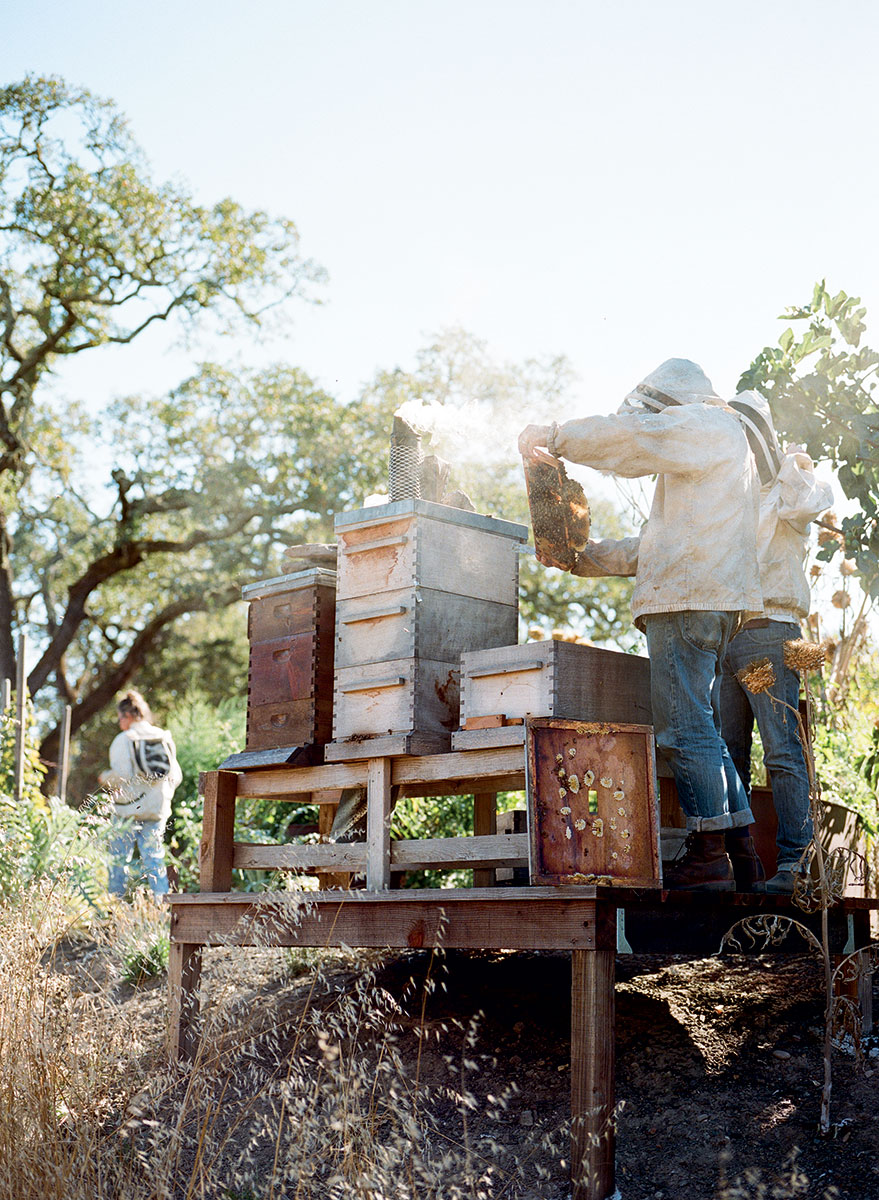
Meanwhile, U.S. citizens have taken up the cause, establishing hives in backyards, atop roofs, at restaurants, even on the White House lawn. Bee Culture magazine, already a publication with a narrow focus, recently launched a spin-off targeted even more specifically at beginners. Williams-Sonoma, ostensibly a kitchenware retailer, started selling beekeeping equipment in 2012. Even Costco carries hives these days.
Longtime beekeeper Rob Keller of Napa, California, should not be counted among the recent converts. He does, however, have the current apiary craze to thank for his success. Since launching the Napa Valley Bee Company in 2008, the 52-year-old has helped more than 100 clients – individuals and businesses, including Alice Waters’ legendary Chez Panisse – start and maintain honeybee colonies. “I can’t just sell my bees and walk away. I know that queen’s mother and her mother’s mother. I’d rather guide someone through all four seasons,” Keller explains. “It’s weird, man. It’s like I’m turning into, not a crazy cat lady, but a crazy bee guy. I have the utmost respect for this six-legged insect.”
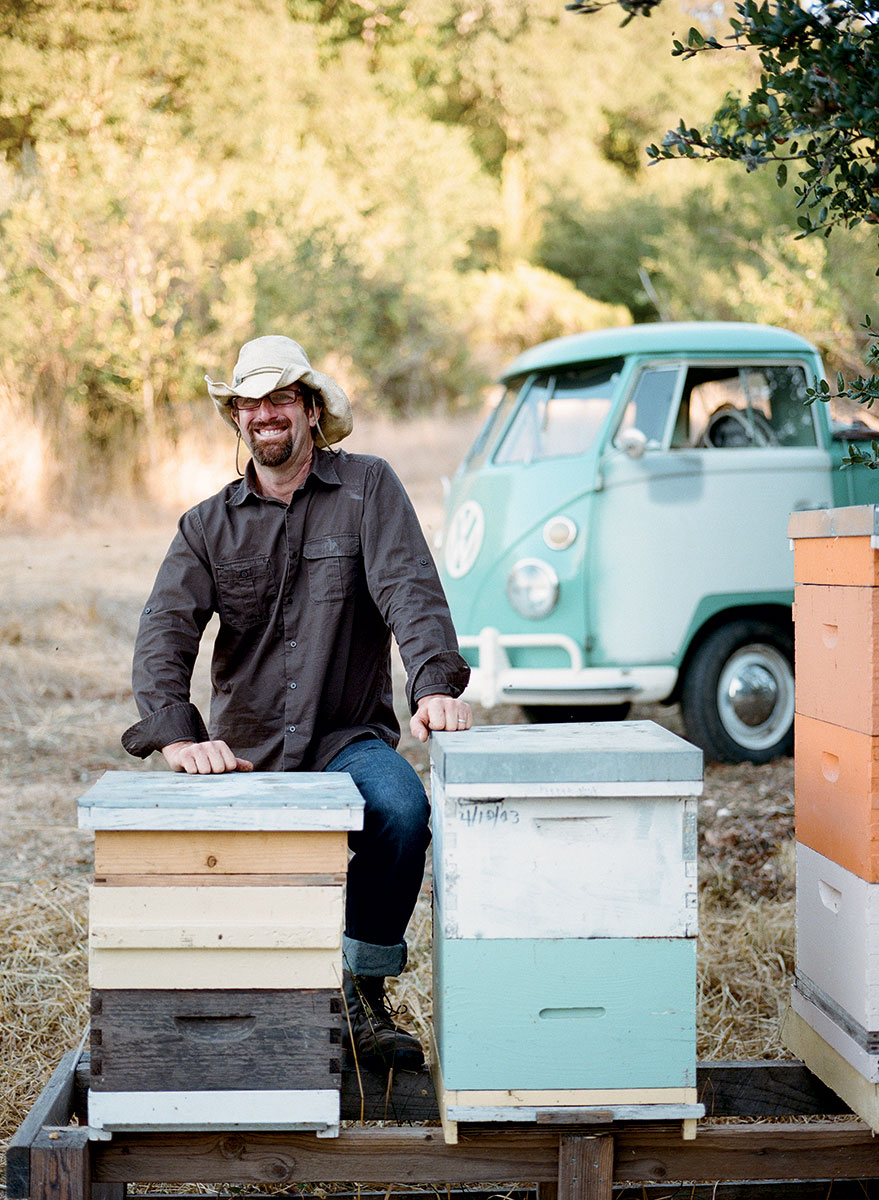
“What bees can do together is mind-blowing,” agrees Dan Carr, 34. Previously the apiarist at Stone Barns Center for Food and Agriculture in New York’s Westchester County, Carr owns Beavertide Bee Farm in Falls Village, Connecticut, where he manages 38 hives. “A single worker bee produces about a twelfth of a teaspoon of honey in her lifetime,” Carr says. “That’s twelve bees per teaspoon. But a healthy colony might produce up to 200 pounds of honey in a year.”
“I can’t just sell my bees and walk away. I know that queen’s mother and her mother’s mother. I’d rather guide someone through all four seasons.”
As the math implies, one colony can contain an astonishingly large population – up to 100,000 bees per hive – comprising what biologists E. O. Wilson and Bert Hölldobler labeled a “superorganism,” namely a huge group of individuals, each with limited information, that functions collectively as a well-oiled machine. (Thus the phrase “hive mentality.”)
Worker bees account for more than 90 percent of a colony’s population and perform most of its duties. These infertile females feed and clean the queen bee; care for developing larvae; make beeswax; fan their wings to maintain a comfortable temperature inside the hive (at least 90°F year-round); and gather water, pollen, and nectar to create honey, the colony’s sole source of sustenance come winter. The pace is so intense that, during peak honey season, a worker typically toils for only six weeks before dying of exhaustion.
The lone female with reproductive organs, a queen bee does little but lay eggs, albeit some 1,500 a day. Her stinger-less male offspring, dubbed “drones,” are free to leave the hive and tomcat around, mating with queens from other colonies to spread her majesty’s DNA. Eventually, a dynasty will outgrow its physical space and swarm, as it’s called when the queen leaves in search of a roomy new home, taking many of the adults with her. Before departing, the bees prepare cells filled with larvae fed a special diet of royal jelly to encourage the development of fertile females. The first to emerge typically kills the others and claims the throne.
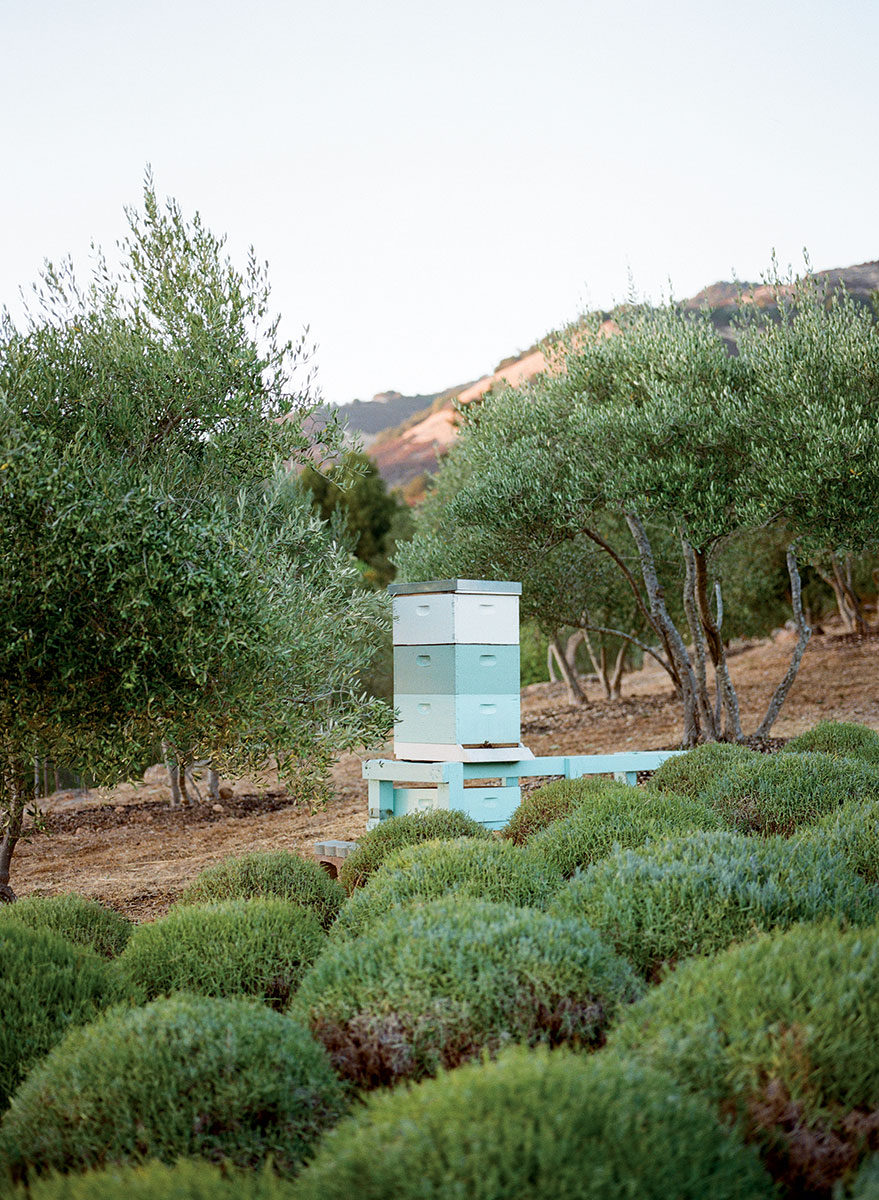
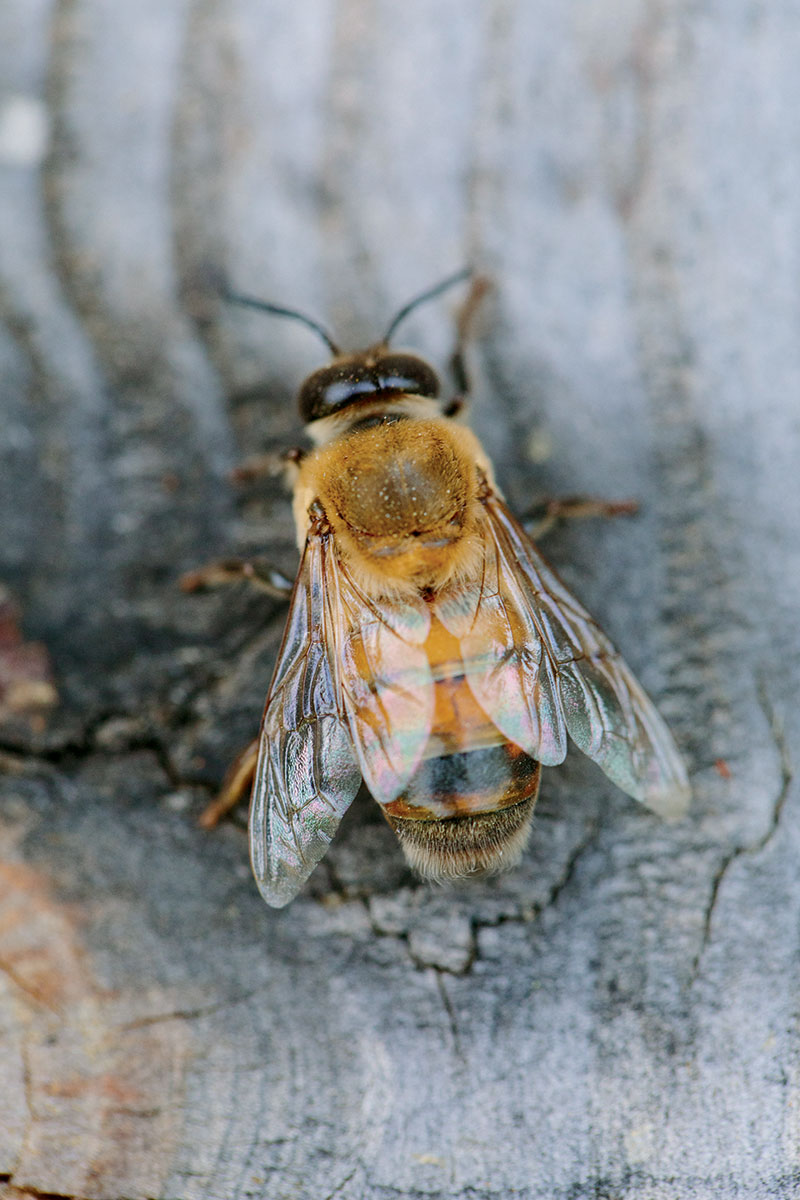
Given their promiscuous nature, most western honeybees are “mutts.” Though some Internet purveyors sell specific varieties, a colony certainly won’t stay pure-bred for long. “Historically, Italian bees have been the dominant choice in this country,” Carr says of the subspecies Apis mellifera ssp. ligustica. But when an Italian queen mates with drones from other hives, which has been happening here for more than 150 years, a mixed bag results. And that’s a good thing. “Genetic diversity is a huge advantage,” Carr adds, especially if the bees are adapted to your particular climate. “If I buy bees from Georgia, they might not survive my winters as well as bees from Vermont,” explains the pro, who orders stock from New York’s betterbee.com and Connecticut’s bee-commerce.com.
READ MORE
Are we backing the wrong bee?
The time to begin researching suppliers is now, via word of mouth, since the best sources tend to sell out by the end of January. (If you don’t already know nearby beekeepers, surf the American Beekeeping Federation’s website, abfnet.org, to find organizations in your area.) For roughly $150, you can secure a package that contains about three pounds of bees, including a queen, and a small tin of syrup to sustain the gang during transit. Or get a head start with a nucleus: a queen and small colony pre-packed on five waxed frames, three with bees, two with honey and pollen. The latter option costs an additional $50 or so, but you’re more likely to get honey the fall after a spring delivery, as opposed to the following summer.
Keller never spends a red cent on stock, preferring to capture swarms that have split from their colonies. “These bees have proven they thrive in your region,” he explains. The process isn’t as difficult as it seems. One simple method is to bait empty hives, or even cardboard boxes, with a pheromone lure (available at brushymountainbeefarm.com).
Rob McFarland – the author, with his wife, Chelsea, of Save the Bees with Natural Backyard Hives – hits the California-based websites wingsofnaturebees.com and thevalleyhive.com for bees and other supplies to outfit the couple’s five-acre farm outside Spokane. He also under-scores the importance of local mentors: “You might have all sorts of knowledge on an intellectual level, but putting that into practice can be a challenge without guidance.” Different municipalities have different regulations regarding specifics like minimum lot size and maximum number of hives.
A knowledgeable neighbor can also point you toward the best pollen-providing plants for your zone. To keep the hive humming, bees need access to a mix of trees, shrubs, ground covers, edibles, and flowering perennials and annuals from spring through fall. On the advice of his peers in Washington state, McFarland planted more than three acres of clover, alfalfa, bee balm, coneflower, lemon balm, and mixed wildflowers. (For more details on bee-friendly horticulture, visit thehoneybeeconservancy.org.)
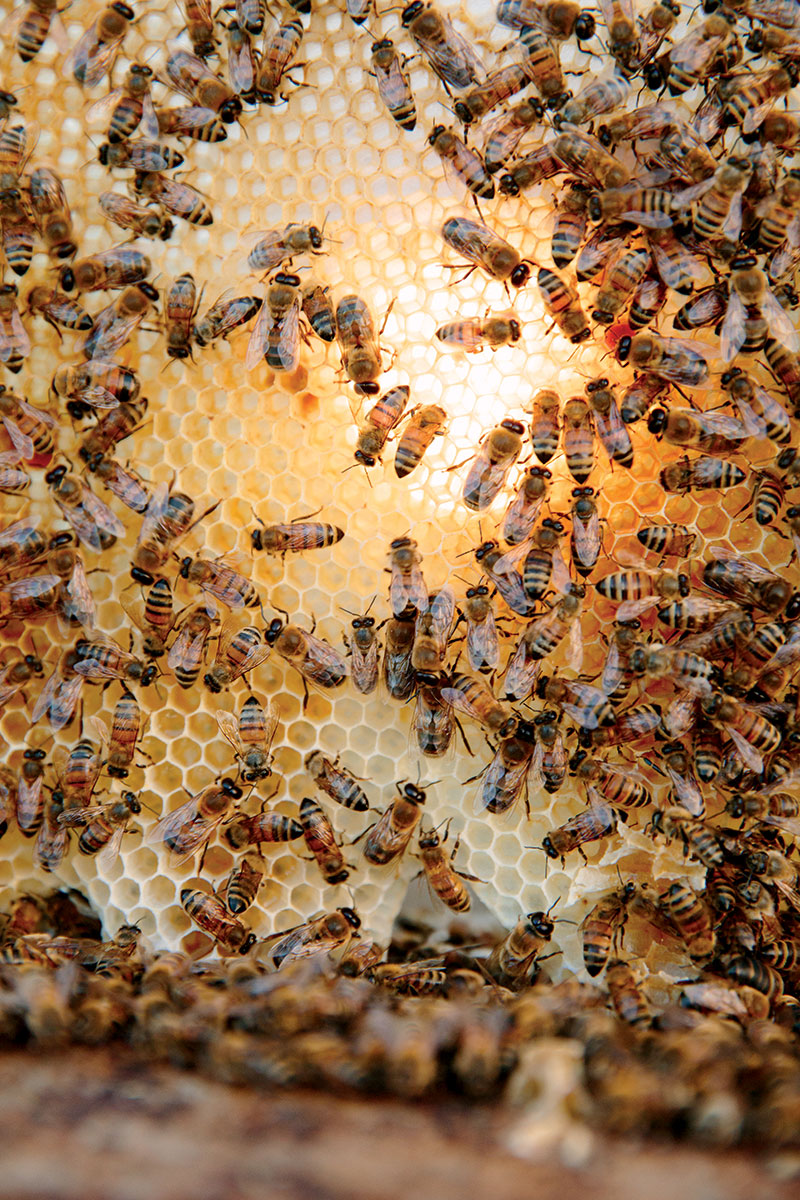
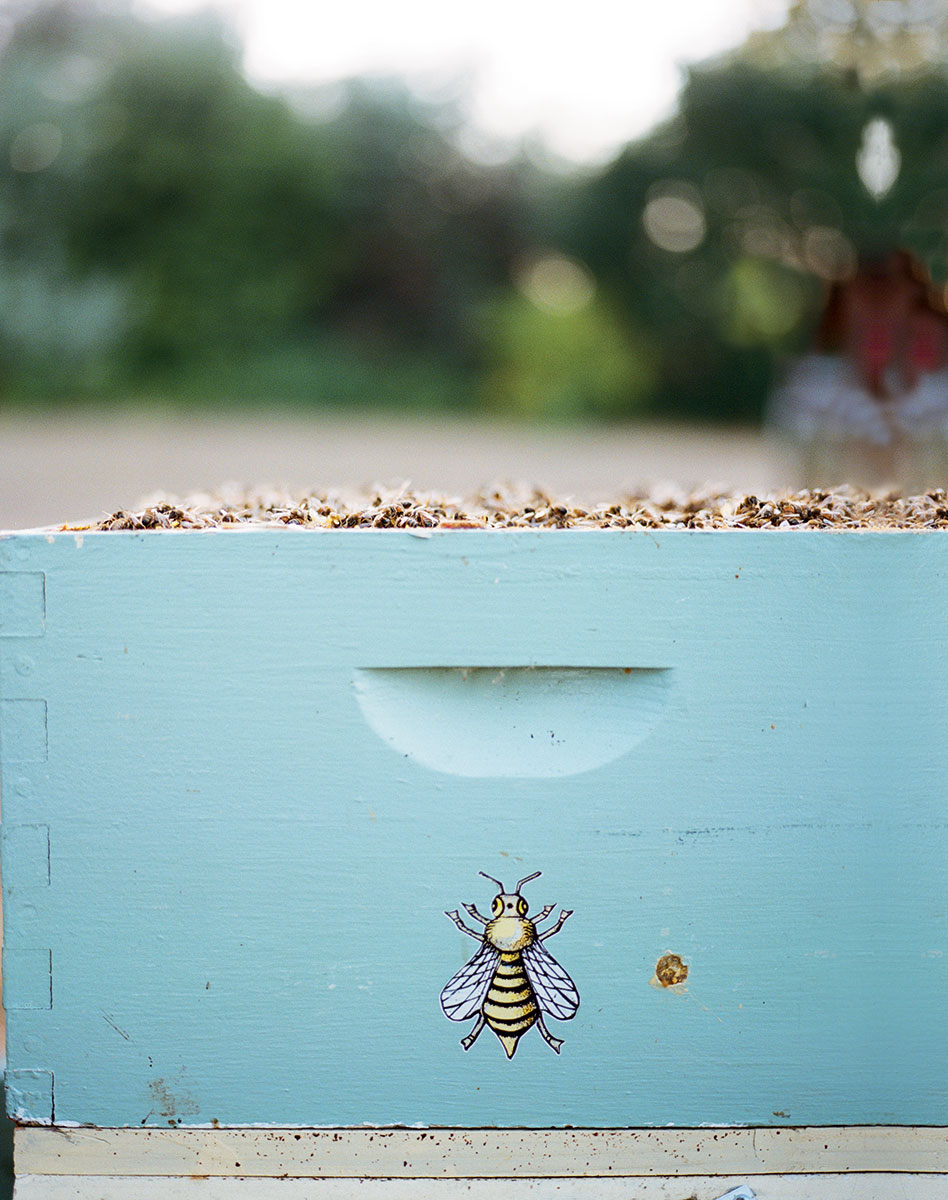
Regardless of where you live, the Langstroth hive, invented by Reverend Lorenzo Lorraine Langstroth in 1852, remains the industry standard. The simple design consists of a series of stacking boxes, or supers, each outfitted with 8 to 10 waxed frames, on which bees build combs. The bottom super functions as a brood chamber that houses the queen, eggs, larvae, pupae, immature bees, and their food. Many beekeepers top this with a flat screen called a queen excluder to prevent her from entering the honey supers above. You can start with one honey super on top of the brood chamber, adding another when the first is 50 percent full, and so on.
Langstroth hives, which also include a protective bottom board and two top covers, cost as little as $100 from suppliers like dadant.com and westernbee.com, though handy types might consider building their own. You’ll want to set the hive on a stand in an easily accessible location with level, firm ground. The site should provide good ventilation, direct sunlight from the east, and a nearby water source (a trickle from your garden’s drip-irrigation hose will do).
Carr suggests beginning with two hives, so you can compare and contrast how the colonies evolve, making adjustments as you learn. “You can also take a frame from the brooding chamber of the stronger hive,” he adds, “and use it to boost the weaker one.
Just don’t go overboard, warns Keller. “A queen will lay only as many eggs as the environmental conditions support. Often, when a colony doesn’t thrive, it’s because the location is oversaturated with bees. You either have to pull back on the number of hives, or feed the bees sugar water, which I won’t do because it’s outside their normal biological conditions.”
Another primary cause of poor hive health: the invasive varroa mite (For more information, see Why Do Bee Colonies Collapse?) “If you see high varroa loads, the colony is doomed,” says Keller, who adds that close monitoring of the hive is critical for natural beekeepers. If he notices a mite infestation the bees can’t shake, he’ll try replacing the queen, but refuses to use pesticides. “They’re not my bees. They’re not your bees. They’re our bees,” Keller explains. “The queen is mating with drones from other colonies. Use artificial means to support your colonies, and you’re weakening the overall genetic stock.”
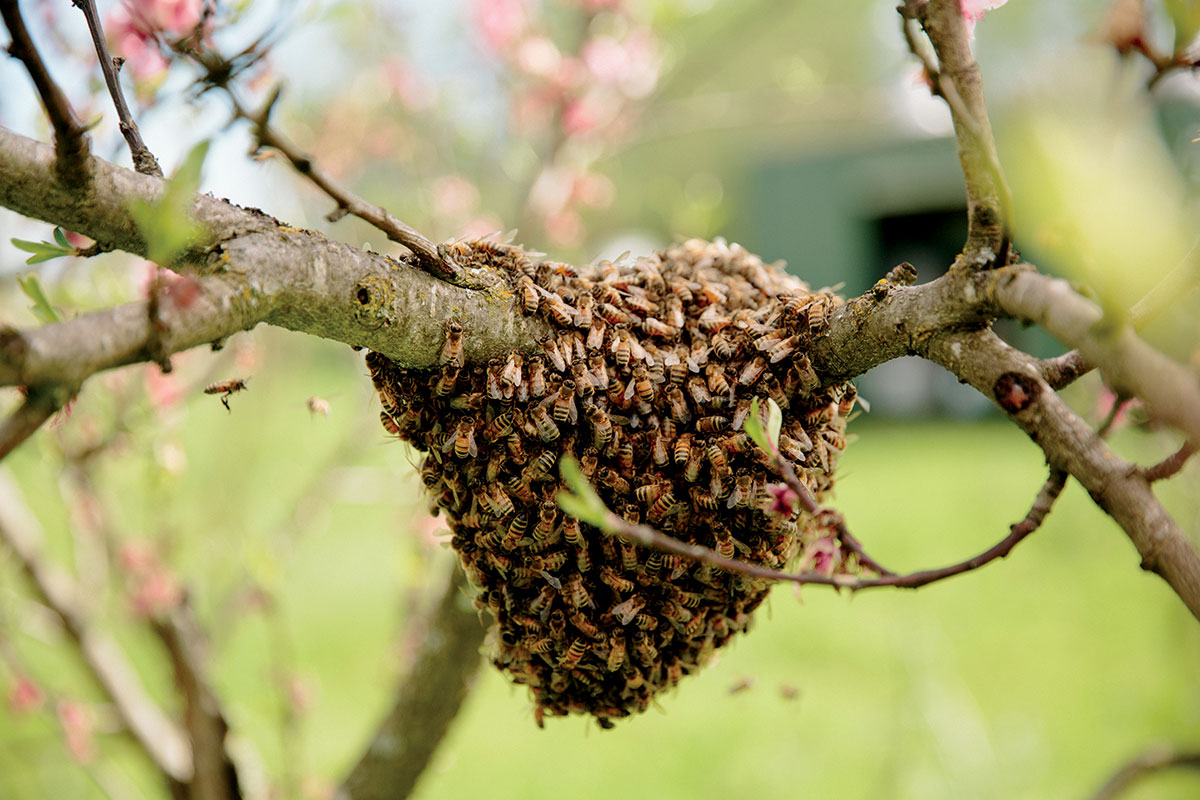
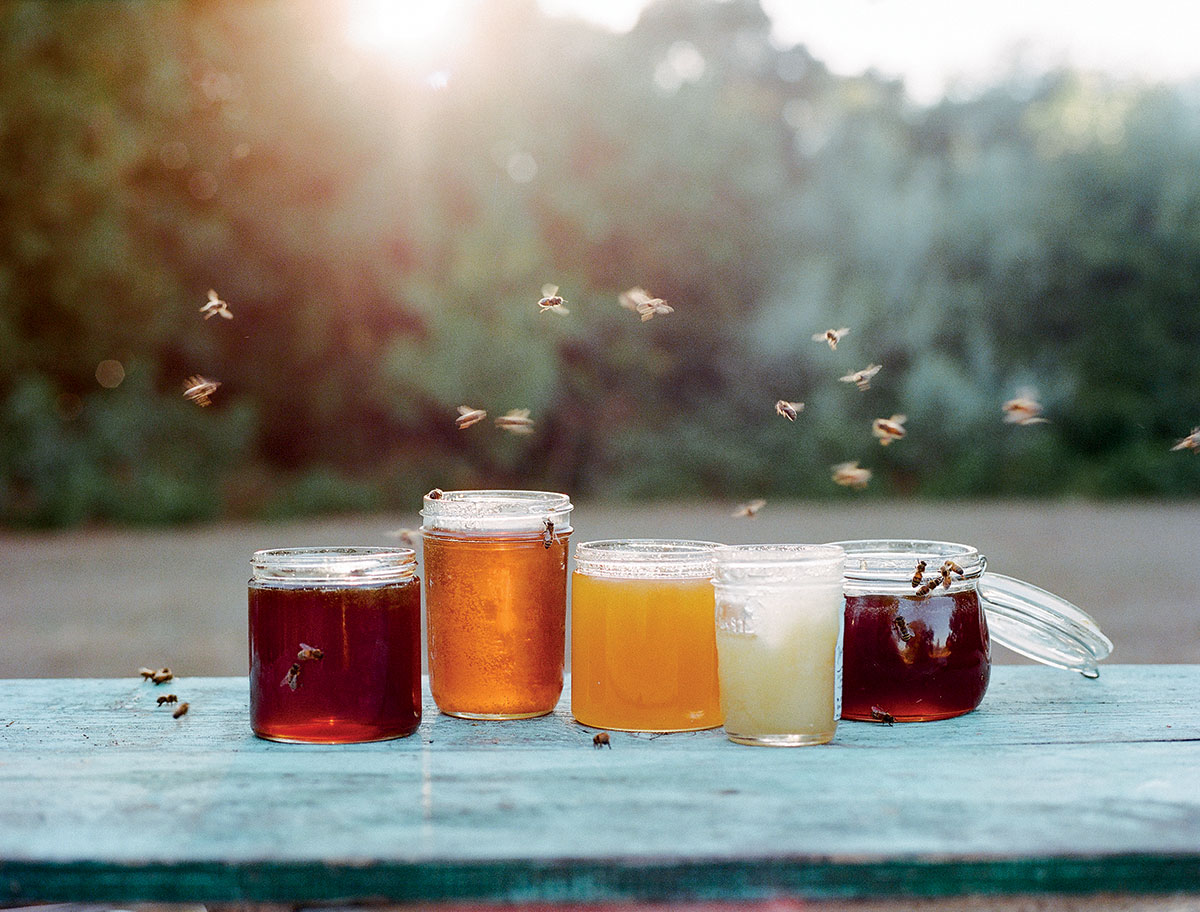
Honeybees are territorial insects, therefore, beekeepers should take protective measures before disturbing the hive. “You never want to be nervous,” says Carr, who prescribes a ventilated suit, veil, and gloves. You’ll also need a hive tool, for opening and closing the lid, and a smoker to calm the bees. “Smoke signals that there might be fire nearby,” he explains, “so the bees fill their bellies with nectar, leading to lethargy.” (For more information, see Essential Beekeeping Supplies.)
“The bees aren’t making honey for us. They’re making it for themselves. I’m not a honeygrubber.”
When it’s finally harvest time, the McFarlands recommend separating the bees from the honey using an escape board ($10 to $15 at the aforementioned suppliers). This tool prevents the insects from getting into the honey supers and makes it easier to remove frames that contain mostly capped cells (a signal the bees have nearly completed their work).
To extract honey, many beekeepers employ the low-tech “crush and strain” method, which involves squashing the combs and pressing the honey out. A more sophisticated centrifuge extractor spins the honey out at high speeds. It will set you back upwards of $200, but you may be able to borrow one from your local bee club. Keller often simply cuts the fresh comb into blocks and vacuum seals them. “I’ve found a lot of people in Napa want something more than honey in a jar,” he explains.
Of course, Keller doesn’t see the harvest as his end goal. “The bees aren’t making honey for us. They’re making it for themselves. I’m not a honeygrubber. I make sure my bees have enough to get through the winter before taking my cut.” Carr seconds that sentiment, emphasizing that sharing the wealth shouldn’t involve major sacrifice. “If all goes well and your hives are thriving, chances are you’ll have more honey than you know what to do with.”
Follow us
This work is licensed under a Creative Commons Attribution-NoDerivatives 4.0 International License.
Want to republish a Modern Farmer story?
We are happy for Modern Farmer stories to be shared, and encourage you to republish our articles for your audience. When doing so, we ask that you follow these guidelines:
Please credit us and our writers
For the author byline, please use “Author Name, Modern Farmer.” At the top of our stories, if on the web, please include this text and link: “This story was originally published by Modern Farmer.”
Please make sure to include a link back to either our home page or the article URL.
At the bottom of the story, please include the following text:
“Modern Farmer is a nonprofit initiative dedicated to raising awareness and catalyzing action at the intersection of food, agriculture, and society. Read more at <link>Modern Farmer</link>.”
Use our widget
We’d like to be able to track our stories, so we ask that if you republish our content, you do so using our widget (located on the left hand side of the article). The HTML code has a built-in tracker that tells us the data and domain where the story was published, as well as view counts.
Check the image requirements
It’s your responsibility to confirm you're licensed to republish images in our articles. Some images, such as those from commercial providers, don't allow their images to be republished without permission or payment. Copyright terms are generally listed in the image caption and attribution. You are welcome to omit our images or substitute with your own. Charts and interactive graphics follow the same rules.
Don’t change too much. Or, ask us first.
Articles must be republished in their entirety. It’s okay to change references to time (“today” to “yesterday”) or location (“Iowa City, IA” to “here”). But please keep everything else the same.
If you feel strongly that a more material edit needs to be made, get in touch with us at [email protected]. We’re happy to discuss it with the original author, but we must have prior approval for changes before publication.
Special cases
Extracts. You may run the first few lines or paragraphs of the article and then say: “Read the full article at Modern Farmer” with a link back to the original article.
Quotes. You may quote authors provided you include a link back to the article URL.
Translations. These require writer approval. To inquire about translation of a Modern Farmer article, contact us at [email protected]
Signed consent / copyright release forms. These are not required, provided you are following these guidelines.
Print. Articles can be republished in print under these same rules, with the exception that you do not need to include the links.
Tag us
When sharing the story on social media, please tag us using the following: - Twitter (@ModFarm) - Facebook (@ModernFarmerMedia) - Instagram (@modfarm)
Use our content respectfully
Modern Farmer is a nonprofit and as such we share our content for free and in good faith in order to reach new audiences. Respectfully,
No selling ads against our stories. It’s okay to put our stories on pages with ads.
Don’t republish our material wholesale, or automatically; you need to select stories to be republished individually.
You have no rights to sell, license, syndicate, or otherwise represent yourself as the authorized owner of our material to any third parties. This means that you cannot actively publish or submit our work for syndication to third party platforms or apps like Apple News or Google News. We understand that publishers cannot fully control when certain third parties automatically summarize or crawl content from publishers’ own sites.
Keep in touch
We want to hear from you if you love Modern Farmer content, have a collaboration idea, or anything else to share. As a nonprofit outlet, we work in service of our community and are always open to comments, feedback, and ideas. Contact us at [email protected].by Rene Ebersole, Modern Farmer
June 13, 2016
Modern Farmer Weekly
Solutions Hub
Innovations, ideas and inspiration. Actionable solutions for a resilient food system.
ExploreExplore other topics
Share With Us
We want to hear from Modern Farmer readers who have thoughtful commentary, actionable solutions, or helpful ideas to share.
SubmitNecessary cookies are absolutely essential for the website to function properly. This category only includes cookies that ensures basic functionalities and security features of the website. These cookies do not store any personal information.
Any cookies that may not be particularly necessary for the website to function and are used specifically to collect user personal data via analytics, ads, other embedded contents are termed as non-necessary cookies.